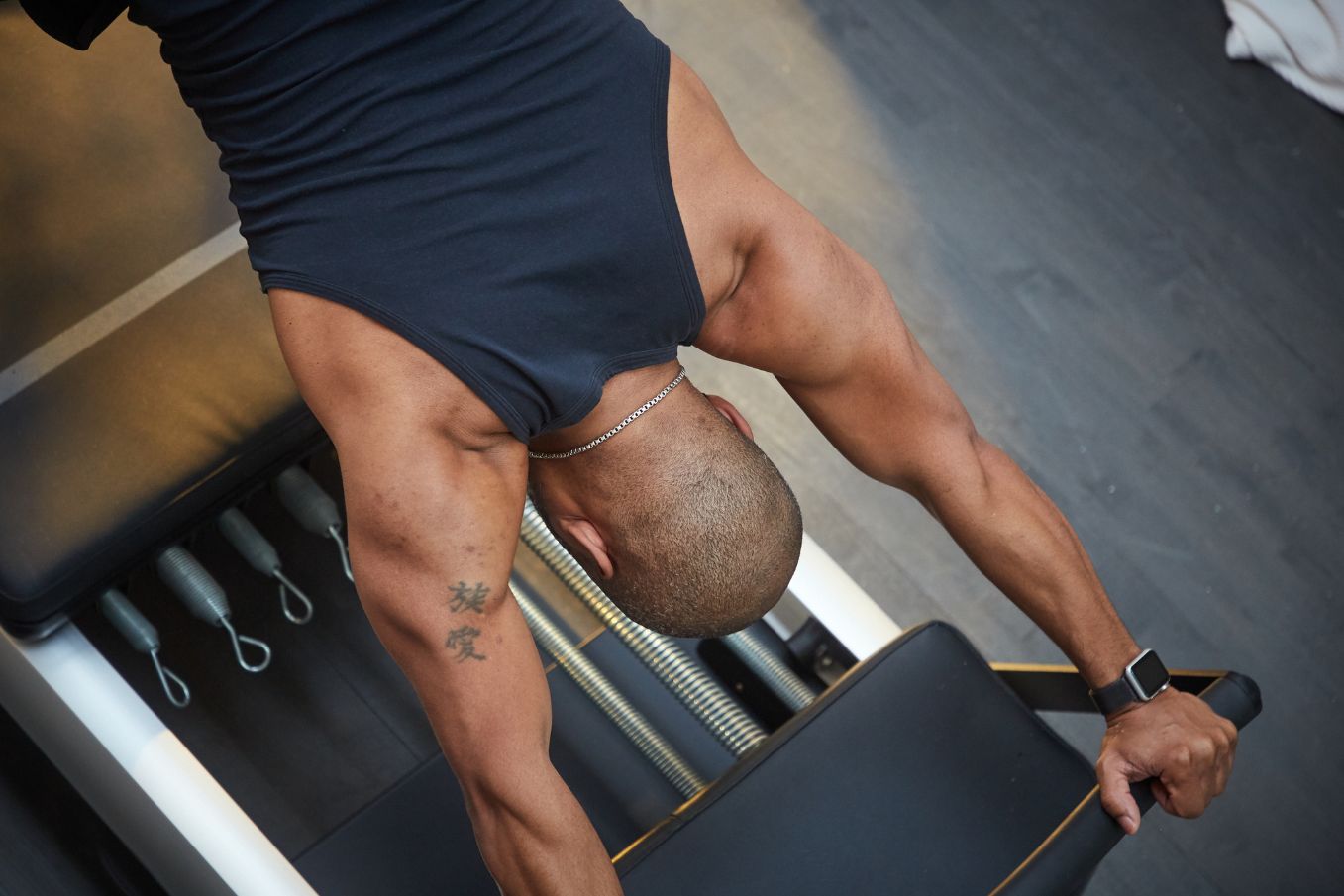We all know exercise is good for us, but what if it’s more than that? What if it’s the single most powerful key to a longer, stronger, more vibrant life?
Longevity isn’t just about the years you add, it’s about how good those years feel. The right kind of movement can help you protect your muscles (something we dive into in How to Live Long & Strong), keep your brain sharp (more on that in Strong Body, Strong Brain), reduce inflammation, and even lower your risk of chronic disease, no matter your age or fitness level.
The Anti-Inflammatory Power of Movement
Here’s something remarkable: regular exercise acts like a natural anti-inflammatory, soothing your body from the inside out.
A little inflammation isn’t bad, it’s your body’s way of protecting you. But when it lingers, that quiet inflammation can fuel serious health issues like diabetes, heart disease, Alzheimer’s, and autoimmune conditions.
As we age, this “background noise” of low-grade inflammation (scientists call it inflamm-aging) becomes more common. The good news? Research shows that even 20 minutes of brisk walking a day can lower inflammation and help protect you from these age-related diseases. Small, consistent actions create powerful results.
Movement and mortality: THE NUMBERS DON’T LIE
Science shows that regular movement doesn’t just make you feel better, it helps you live longer.
– A 2022 study in Japan found that muscle-strengthening activities lower the risk of death by 10–17% and reduce the likelihood of heart disease, cancer and diabetes.
– US research published the same year showed that combining vigorous activity (like swimming, cycling, or running) with moderate activity (like walking, Pilates, or light weight training) can lower your risk of death from all causes by up to 42%.
And here’s the best part: the benefits scale with your effort. Even a little movement makes a difference. That said, around five hours a week (roughly 40 minutes a day) of varied activity is the sweet spot for maximum impact.
Movement for everyone: AGE ISN’T THE LIMIT
Movement isn’t a one-size-fits-all; your body, your stage of life, and your lifestyle all shape what your training should ideally look like.
“Men and women age differently,” says Heartcore founder and movement expert Jessie Blum.
“For men, natural shifts in testosterone can make it harder to maintain muscle, recover quickly, or keep body fat from creeping on. The fix? Consistent strength training, paired with mobility and balance work, keeps the body strong and agile; and Pilates plus low-impact cardio are perfect for that.”
For women, it’s hormonal changes, especially the drop in oestrogen, that often impact muscle mass, fat storage and bone density. “This is where strength training becomes non-negotiable,” Jessie says.
“Building and maintaining muscle keeps your metabolism firing, while weight-bearing moves (think squats, lunges, even small jumps) protect your bones. And here’s the myth we need to break: lifting heavy will not make you bulky. What it will do is keep you strong and functional for decades to come.”
A Longevity-Friendly Weekly Routine
Here’s what an optimal week of training could look like:
– Strength and mobility training: 3 Heartcore Pilates sessions a week to build lasting strength, improve balance and keep your body moving well.
– Low-impact cardio or interval training: 2–3 sessions a week. Think running, cycling, swimming, or power walking.
– Daily restorative movement: A few minutes of stretching, mindful mobility, or a quick Heartcore-inspired flow — try Jessie’s Mobility Flow on Heartcore’s IG – to keep your joints happy and your muscles supple.
The Heartcore Secret: Move Together
The real secret isn’t just in the workout, it’s in the togetherness. And science agrees, we thrive in connection. “Moving with others doesn’t just feel good, it rewires your brain for motivation and joy,” says Jessie. “There’s nothing like the energy of a shared workout; it fuels your body, lifts your spirit and reminds you that you belong.”
“At Heartcore, we see it every day. People in their 20s and their 70s, side by side, getting stronger together. Sweating. Laughing. Discovering they’re capable of more. What starts as a workout becomes a home for strength, joy, and connection. It feels deeply human.”
Because the journey to longevity? It’s not meant to be a solo mission. It’s better, richer, and infinitely more joyful when we do it together (something we explore more in The Power of Moving Together).
BUILD STRENGTH THAT LASTS
Every Heartcore class is about more than muscle — it’s about building a body and mind that carry you through life. Today, tomorrow, years from now. Confidence and ease that stay with you, in every season of life.
Find your next class here.
FURTHER READING
Testosterone and Aging: Effects on Muscle and Fat — U.S. National Library of Medicine
The Role of Testosterone in Muscle and Bone Strength — U.S. National Library of Medicine
Menopause and Bone Loss — Endocrine Society
Oestrogen Decline and Sarcopenia — Journal of Exercise Rehabilitation
